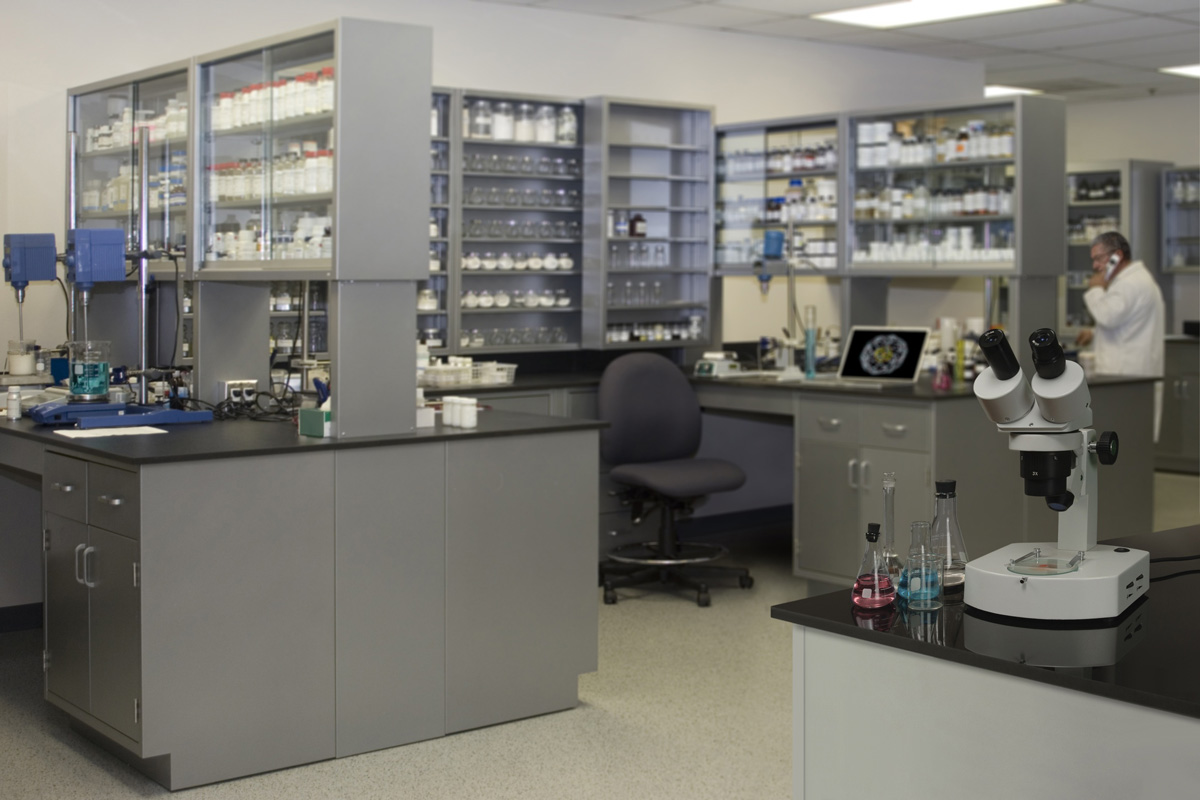Medical industry looks to tech to cut drug costs
Pharmaceutical firms need better processes and IT systems to make developing new medicines more affordable.


IT can help reduce the costs involved in drug development and speed it up, too.
Speaking in Geneva at an Intel event at the CERN lab, Karsten Kottig, projects lead at medical tech firm PerkinElmer, explained that pharmaceutical companies are looking to technology to help cut the costs of drug discovery the development that creates new types of medicine.
Processes need improvement, because costs are spiralling every year. "More money into process to get same level of results," he said.
"Pharmaceutical companies have to put a lot of money into the process, but the outcome, the number of really new drugs is very low," he added.
On top of that, drug development can take between seven and 10 years. "We are trying to accelerate that," he said.
With costs in the billions, late stage failures are difficult to make up for. "Each month you work with a failing drug costs a hell a lot of money," he said.
This is where IT comes in. New instruments, data management, and communication methods can all help, and all are supported by software and IT, according to Kottig.
Get the ITPro daily newsletter
Sign up today and you will receive a free copy of our Future Focus 2025 report - the leading guidance on AI, cybersecurity and other IT challenges as per 700+ senior executives
For example, as processors get stronger, better modelling and visualisation can become more detailed and include better content, such as 3D images. This helps drug researchers decide what to focus on sooner rather than later, he explained.
His firm's Opera high throughput microscope offers 3D information. It creates so much data, it includes its own small-cluster computer, featuring three or four rack servers, to analyse 1,000 experiments each day.
"These systems have to deal with a lot of data... and it needs to be stored for 20 years for patent protection," he added.
To help with this, PerkinElmer has worked with Intel to speed up processing power and optimise its products. While Moore's Law has held true and Intel keeps releasing more powerful chipsets, medical applications - like new textural analysis systems - constantly need more and more power. "We are permanently asking for more processing power faster, for our new applications," Kottig said.
Interoperability is key. "If PerkinElmer is no more in 10 years, its current customers still need to be able to access [their data]," he said.
Freelance journalist Nicole Kobie first started writing for ITPro in 2007, with bylines in New Scientist, Wired, PC Pro and many more.
Nicole the author of a book about the history of technology, The Long History of the Future.
-
 Should AI PCs be part of your next hardware refresh?
Should AI PCs be part of your next hardware refresh?AI PCs are fast becoming a business staple and a surefire way to future-proof your business
By Bobby Hellard Published
-
 Westcon-Comstor and Vectra AI launch brace of new channel initiatives
Westcon-Comstor and Vectra AI launch brace of new channel initiativesNews Westcon-Comstor and Vectra AI have announced the launch of two new channel growth initiatives focused on the managed security service provider (MSSP) space and AWS Marketplace.
By Daniel Todd Published
-
 Fit for artificial intelligence
Fit for artificial intelligencewhitepaper Ensure data availability to applications and services with hybrid cloud storage
By ITPro Published
-
 Fit for AI
Fit for AIwhitepaper Ensure data availability to applications and services with hybrid cloud storage
By ITPro Published
-
 Five key orchestration capabilities to achieve AI value at enterprise scale
Five key orchestration capabilities to achieve AI value at enterprise scalewhitepaper Realize ROI through greater productivity and better business outcomes
By ITPro Published
-
 Gaining timely insights with AI inferencing at the edge
Gaining timely insights with AI inferencing at the edgeWhitepaper Business differentiation in an AI-everywhere era
By ITPro Published
-
 Scaling AI from pilot to production: Maximize AI impact with HPE & Intel
Scaling AI from pilot to production: Maximize AI impact with HPE & IntelWhitepaper Transform AI proof-of-concepts into full-scale implementations
By ITPro Published
-
 Empowering enterprises with AI: Entering the era of choice
Empowering enterprises with AI: Entering the era of choicewhitepaper How High Performance Computing (HPC) is making great ideas greater, bringing out their boundless potential, and driving innovation forward
By ITPro Last updated
-
 Reinventing procurement
Reinventing procurementWhitepaper From cost center to innovation driver
By ITPro Last updated
-
 Digital workers: Five best practices for a people-first approach to adoption
Digital workers: Five best practices for a people-first approach to adoptionwhitepaper Realize ROI through greater productivity and better business outcomes
By ITPro Last updated